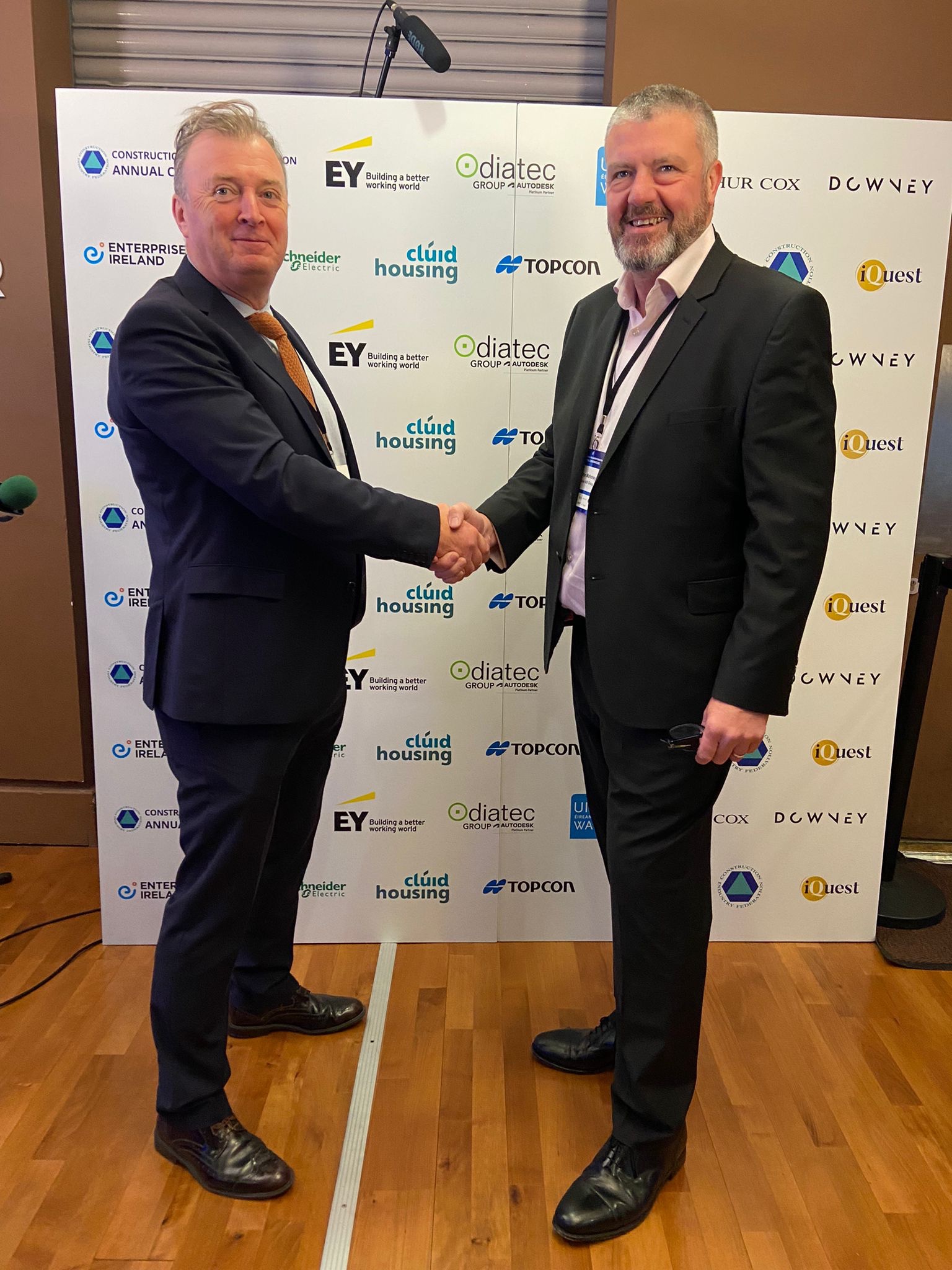Barbour ABI and Building Information Ireland announce an exclusive agreement

Leading construction industry intelligence provider, Barbour ABI, and the premier provider of Irish construction projects database Building Information Ireland, have announced an exclusive agreement to benefit existing customers and businesses working across the built environment sector. This announcement coincides with the Construction Industry Federation (CIF) Annual Conference 2022 being hosted in Dublin, at which Building Information Ireland (BII) were invited to provide the economic and market outlook. The CIF is the Irish construction industry’s representative body. It provides a broad range of services that assist members in navigating the political, business, economic and regulatory environment.
Barbour ABI is the market leader in construction industry intelligence. Its experienced and knowledgeable team of researchers conduct more than 1m interviews every year to produce robust reports that see beyond the data in virtually every aspect of the construction industry.
Building Information Ireland is Ireland’s leading provider of research on construction project activity. It is also the publisher of the respected Building Information Index which charts activity across all key commercial construction sectors.
Simon Mahoney, Group Director at Barbour ABI, said: “ We are delighted to be at CIF today alongside our Irish partner, BII, the leading authority on business intelligence for construction activity in Ireland. The Irish economy is very buoyant, and opportunities exist for our customers to capitalise on this construction market. It was of vital importance to us that we collaborate with an Irish data provider that gathers and qualifies intelligence using the same robust methodology that we do; a methodology that has meant we have retained and renewed our ten-year status as exclusive provider of New Orders Estimates to the Office for National Statistics. Since January, our customers have been able to access premium Irish project information provided by BII through our market-leading intelligence platform.”
Daniel O’Shea, Founder and CEO, BII said: “Today I reported at CIF that demand remains high for construction across most sectors in Ireland, but particularly residential. This demand shows no sign of slowing down. As we look to UK providers to support this this demand, it is fitting that we have chosen to partner with the UK’s market leading provider of construction intelligence. Barbour ABI’s customers now have access to the most comprehensive set of project data delivered in the timeliest fashion. We look forward to going from strength to strength to enable more businesses to maximise these significant commercial opportunities”.






